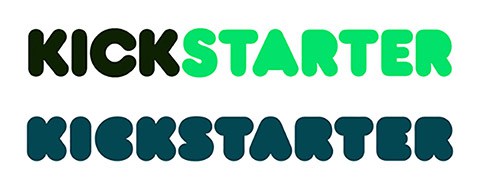Crowdfunding has become a big factor in the tabletop game industry. Kickstarter.com, the biggest crowdfunding site saw an increase of 30% in the games category (encompassing both video and tabletop games) just last year, and it’s all thanks to more and more tabletop games. Polygon did an article on the fact in January and it’s some pretty impressive figures; There was an increase of nearly 400 more successful tabletop games from 2016 to 2017, with earnings up an substantial $36 million (an increase of some 36%).
On Kickstarter there has been over 15 000 tabletop game campaigns and in 2017 the average successful tabletop game raised $65,418. This sum is of course dwarfed by the biggest funded campaigns. The biggest success in raised money is still Kingdom Death: Monster 1.5 which had 19 264 backers contributing $12,393,139.

You get a wide variety of games trying to be funded via Kickstarter. In comparison to Kingdom Death: Monster the second most funded game with $8,782,571 was Exploding Kittens, a rather simple party-typed card game.

I also got to mentioned that the game currently ranked #1 on Boardgamegeek is Gloomhaven which with it’s second printing was funded via Kickstarter (it had over 40 000 backers and raised $3,999,795) reaching the 6th most funded tabletop game on the site. Note that the first print “only” reached $386,104.

One of my favourite tabletop companies, Stonemaier Games, got started via several successful kickstarter campaigns and have turned out some of the most enjoyable games the last few years; Scythe, Viticulture and Between Two Cities.

The share number of campaigns means it’s not easy to keep up what’s going on. The people over at Kick the Table run a site covering the many table top games, they also do a summary every Sunday over at boardgamegeek. Worth checking out if you’re planning to back games or just want to know what’s stirring and building hype in the gaming community.
Then again, crowdfunding games isn’t without its problems. Geek and Sundry did a “horror” piece on some really bad campaigns back in 2016 and how to avoid them (it’s not always easy!) and last December the prolific game designer Bruno Faidutti vented some of his frustrations in a blog post (both French and English versions are available). In short the share number of campaigns (mostly by inexperienced designers) combined with the time pressure make most of the games mediocre at best, not really finalized before they’re put to the print by popular demand. You have of course the few outright frauds or overly optimistic projects that never really get going even though they get funded as such.
Faidutti also has problems with what he defines as games in the luxury category; component heavy games with more focus on detailed components and visual sleek designs instead of making the core mechanics actually flow and work as intended. They are price games $70-80-90+ that mostly appeal to the hardcore gamers. Finally he sees the problem with publisher skipping the distributors and dealing directly with their buyers. The gamers ideally get cheaper games (a good thing) but if it forces local game shops to close the repercussions might hurt the community in the long run.
Personally I agree on the component heavy games where stretch goals just unlock more stuff and no real gaming content. I’m also skeptic to the whole “Legacy” element, something I feel crowdfunding pushes but actually is an distraction from good game designing; a game is perceived good not by the game mechanics and game play but the excitement of unlocking something new and unknown. On the other hand, crowdfunding certainly give more games the opportunity to get published and create buzz in the expanding gaming community. Personally I also enjoy seeing more designers focusing on solo modes for their games, but again, this could also be done pretty badly and merely be tacked on to appeal to the backer with deeper pockets (you want maximum gaming mileage out of an expensive game).

